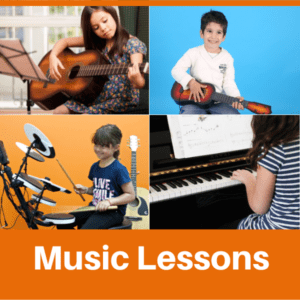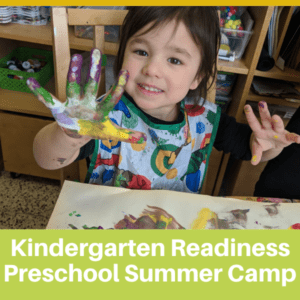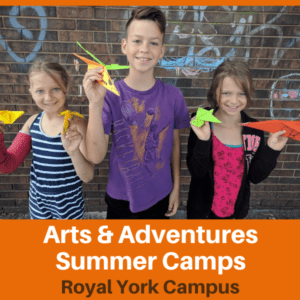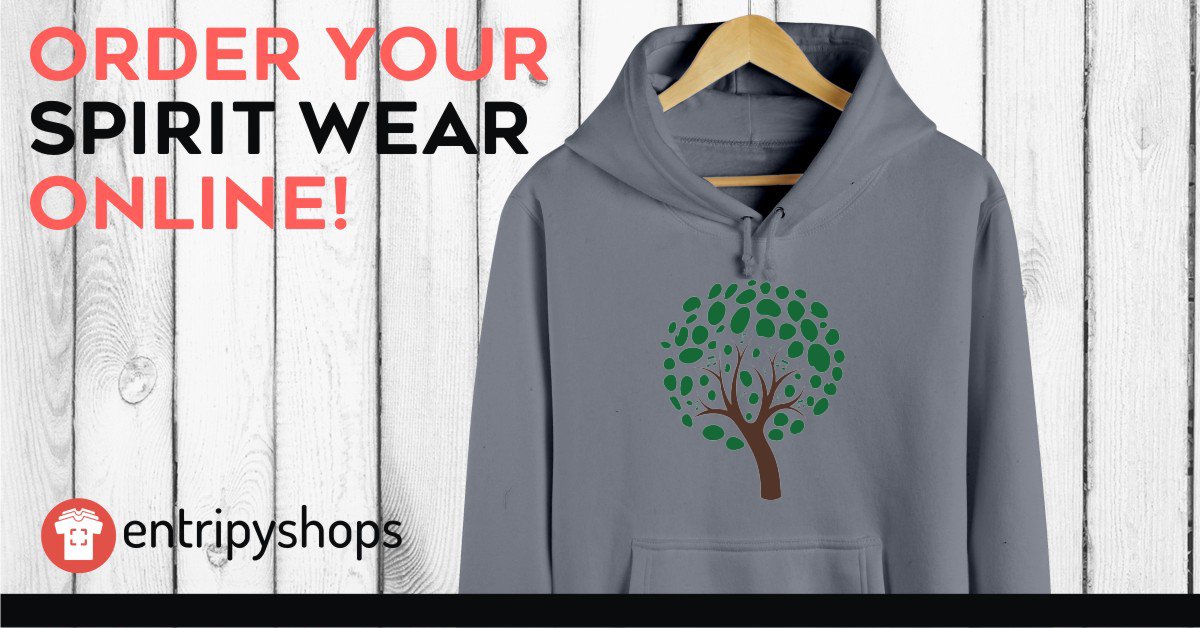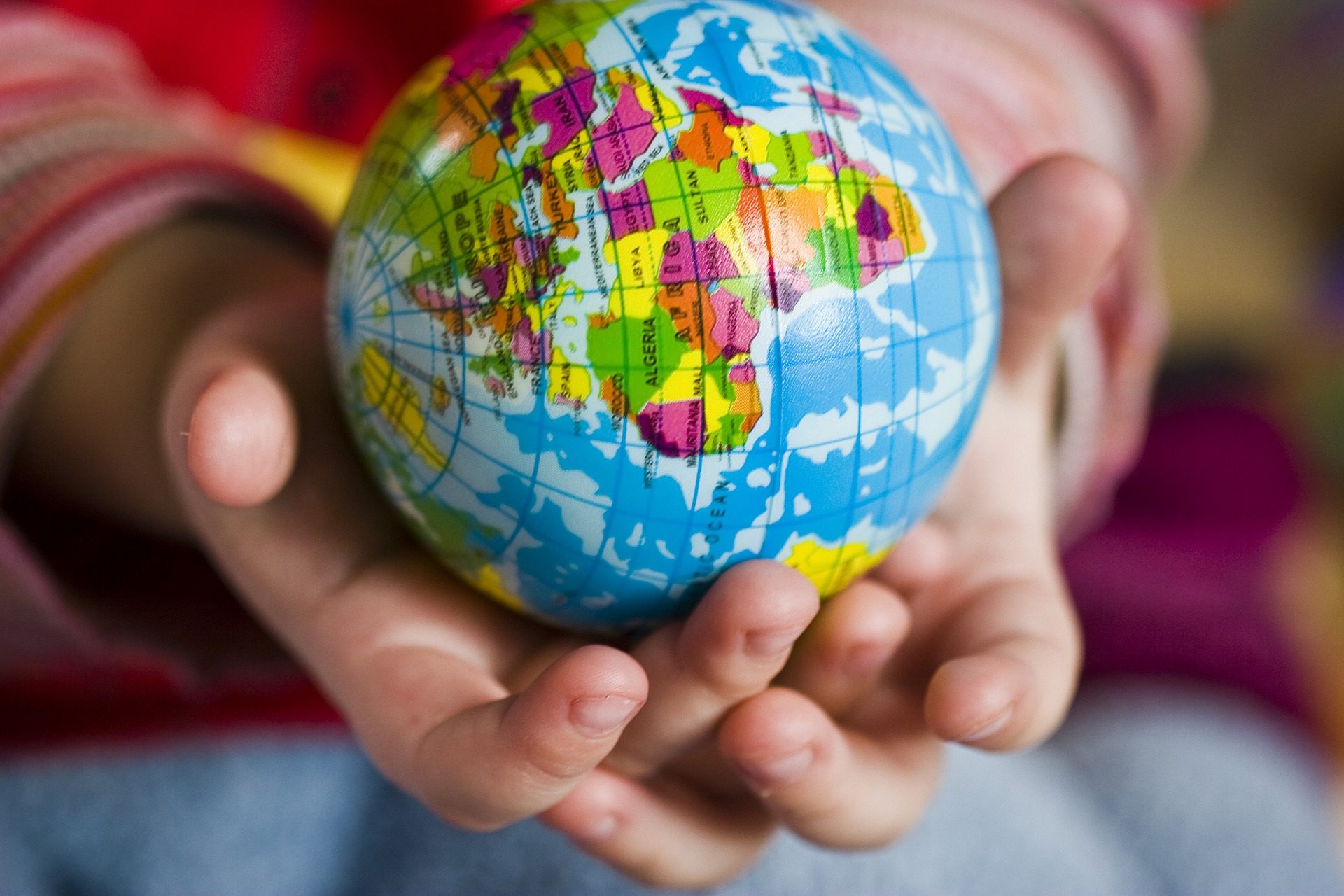
It’s clear that 2020 has been a monumental year of unprecedented change and unfathomable shifts in the shapes of our expectations of daily life. For many of us, dealing with the events and impacts of the COVID-19 pandemic has been incredibly intense, overwhelming, and scary, with the strange breaks of routines and unfamiliar fixes we’ve undertaken to manage. There has also been much political unrest. The recent, unjust deaths and mistreatment of the black community, the resulting outcry of multiple protests spurred by persistent, systemic racism and police brutality, are complex issues and can seem an off-limits conversation to have with young students.
It is difficult enough to come to terms with this new reality even when armed with adult experience, but how do we explain this to the small ones we guide? Discussing upsetting current events with your child can be daunting. It can be uncomfortable. What details do we share and when do we shield the particulars?
Staying Current
Oak Learners school has kept on the pulse of current events, keeping students informed when it comes to learning about world news and issues. Back in February, the school welcomed Andrew Chang with the CBC National team into our doors and classrooms to see how we were navigating these tough conversations and allowing curiosity and learning to unfold. Click the link to watch the segment here: https://youtu.be/F1NeUfNe7cA. We may have not predicted how the virus was going to change our lives, but what did not surprise us was the ability, the curiosity, and the thoughtfulness of our students. This was able to happen through the discussion we welcomed about what was going on in our world. By allowing a space for students to share their thoughts, looking to separate fiction and fact, building the ability to discern media, practicing research skills, and continuing the conversation over time, empowered our students with knowledge.
Our Junior Class this year explored current events through discussion, short video clips through CBC or BBC, polls, as well as independent and whole group reading. We explored the Canadian election, the Climate March, Australia’s bushfires, new technology advancements, the progression of COVID-19, Black Lives Matter, the SpaceX launch, refugee camps in Greece, young entrepreneurs, Toronto Pride, and different environmental concerns. Students were hooked on what was happening and eager to talk about it. As an educator, I found myself struggling at first how to have conversations about the pandemic, not wanting to promote fear in my students. I discovered that educating myself to have scaffolded, supported discussions being sensitive to monitor age-appropriate details without censoring understanding was key. Our students became pros in PPE, social distancing, the nature of how viruses spread, the inspiring heroes (frontline workers, known names and everyday people) and what we could do to help.
Discussing Black Lives Matter
When the news about George Floyd broke, I knew we had to talk about it. It had to be careful but also done with honest clarity to engage with such heavy, complex issues. The students’ well-being needed to be considered, avoid the adultification of students, and I had to educate myself further to address my own bias and privilege to learn about becoming a better ally. I haven’t arrived yet. This will be life-long learning and unlearning for me as a white person. It is okay to model for children that adults don’t always have the answers and we make mistakes. That all of us need to build resilience to get comfortable being uncomfortable. We began this conversation by sharing the news that Crayola was creating a new crayon series, “Colours of the World” to better represent more skin tones with 40 possibilities of different shades of skin colour. https://www.cbc.ca/kidsnews/post/recap-some-good-news-and-why-is-crayola-adding-more-skin-tones
The rest of the week we spoke more about civil rights history, Black Lives Matter, and what happened to George Floyd. We addressed the issues of racism, representation, implicit bias and the need for equity and diversity within these conversations and our Grade 2/3 students demonstrated a strong capacity and a spirited response to want to stand up against these injustices. The power of these young minds and hearts proved to me that at our school we can empower our students in dialogue about difficult subject matter in a safe, supported environment.
Some Steps to Tackling & Talking About Current Events:
- You are the expert of your own kids. You put in the time and you know what your child can manage to process and the manner in which you present current events can guide the outcome of the discussion.First do your own research to be able to field basic questions and to feel more prepared for what can be tricky conversations. What is the take-away from a particular news article or event that has an idea you want your child to have? Share how people are trying to resolve the problem or help with the issue. It’s important to have balance. Consider if you are dealing with tough subject matter, have a lighter story or funny newsclip to enjoy afterward.
- Find kid-friendly sources that will appeal to young readers. Many sources will also include videos, online polls and other interactive media to extend the article’s topic or learning which could prove more engaging to reluctant or low literacy readers. Using more kid-centric articles are a great way to inspire young students to see themselves represented and the agency of possibility that they hold.
- Be open. Welcome questions in a non-judgmental manner. Use simple,straightforward language. Recognize and own if you have uncertainty and the inevitability of errors.
Teachers, parents, and grown-ups are all going to make mistakes. It is comforting for children to see adults acknowledge this, while learning the skill to take ownership of errors and turning to problem-solving to turn things around. Avoid euphemisms and walk through any misconceptions your child may have in order to help rectify them. - Consider multiple perspectives. Work to recognize your positionality and own bias to reflect when this may be implicit and the work that needs to be done to work against this. Look to outside resources and experts, while seeking to understand the experience of others.
- Consider making exploring a news source a regular practice. This morning practice (or early evening – mornings can be hectic enough!) can become a fun, thoughtful time to not only squeeze in some extra literacy, but also a chance to engage with your child, activate their curiosity and understanding while making connections to the wider world.
Knowledge-building is crucial for child development, acknowledging global events with students can help them understand the world and be better able to participate within it. At Oak Learners, we try our best and ask the same of our students, we are committed to life-long learning inside and outside of academics. We see what’s happening and we don’t look away. We keep our communities close. We don’t close others out. We model that sometimes grown ups don’t have all the answers and we have to work with what we got. Most importantly, we want to let students know that we are open to talk, that no matter what, there are caring adults in their lives.
Some Great Kid News Sources to Get You Started:
https://www.cbc.ca/kidsnews/
https://teachingkidsnews.com/
https://www.currents4kids.com/
https://curio.ca/en/emission/cbc-kids-news-2782/
Some Anti-Racism Education Resources:
https://www.todaysparent.com/family/books/kids-books-that-talk-about-racism/#gallery/books-that-talk-about-racism/slide-1
https://www.tolerance.org
https://www.cnn.com/2020/06/02/us/cnn-sesame-street-standing-up-to-racism/index.html
For more educational posts visit our Educational Posts Page
To keep up with new blog posts you can follow us on Facebook or Instagram
Or, sign up for our newsletter below for school updates.
Get updates on new classes, hosted events, and more.

